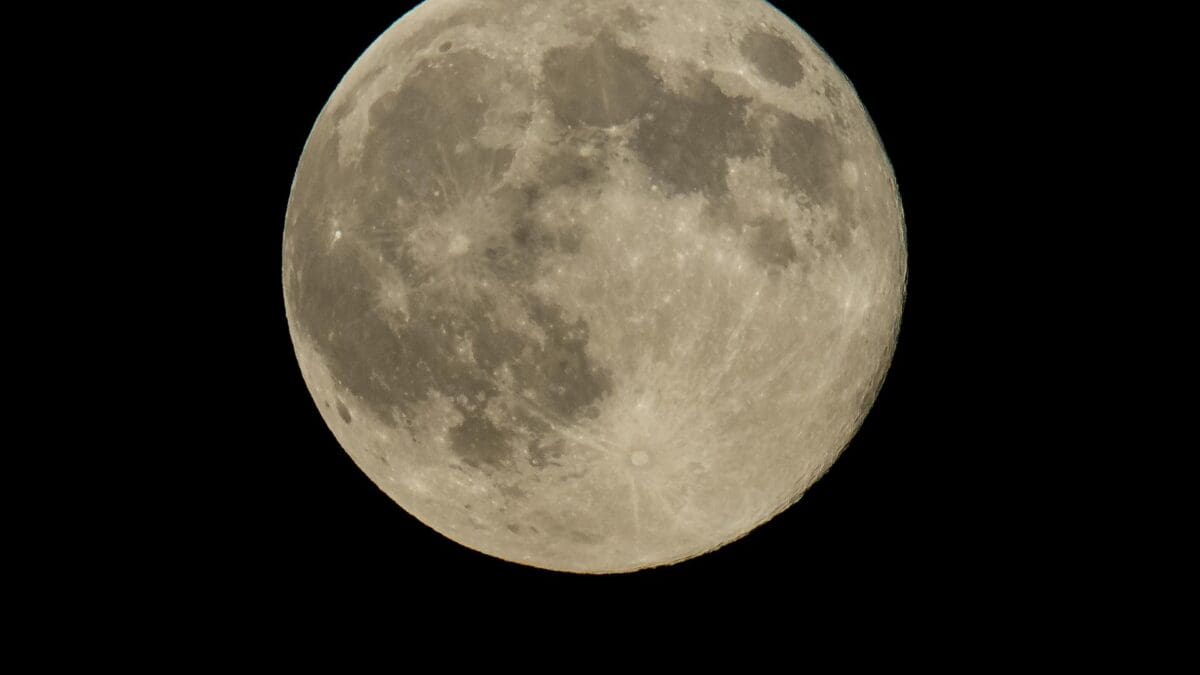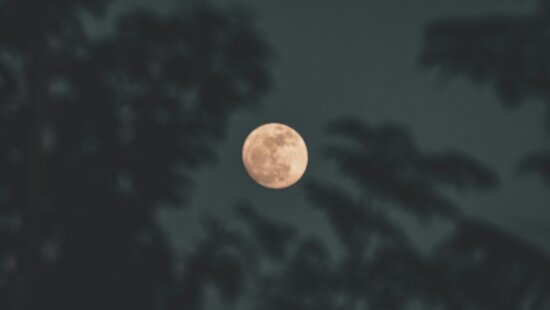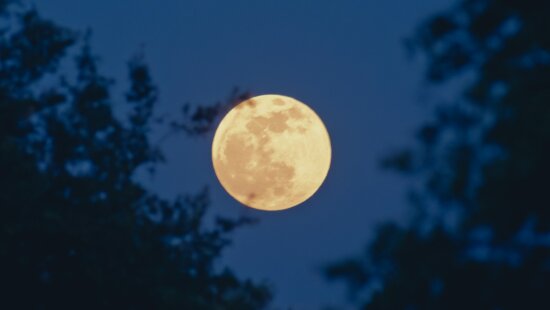Weather
February’s Snow Moon lights up the sky and Parkites pray it brings snow

Full moon. Photo: NASA // Bill Ingalls
PARK CITY, Utah — According to The Old Farmer’s Almanac, February’s Full Snow Moon will reach peak illumination at 8:53 a.m. EST on Wednesday, Feb. 12.
Skywatchers in Summit County and across the country will have prime viewing opportunities on the evening of Feb. 11 or later on Feb. 12, when it rises in the east at sunset, reaches its highest point near midnight, and sets in the west by sunrise.
Park City residents and visitors will have a stunning view of the Snow Moon against snow-covered peaks. For the best experience, head outside on Wednesday evening, whether on snowshoes or skis, or bundle up for an evening walk.
February’s Full Moon is named for the month that historically brings the heaviest snowfall in the United States. Captain Jonathan Carver, an 18th-century explorer who spent time with the Dakota people, documented the term “Snow Moon,” explaining that it was used because “more snow commonly falls during this month than any other in the winter,” according to historical records compiled by The Old Farmer’s Almanac.
The Old Farmer’s Almanac shares that various Indigenous cultures have named February’s Full Moon to highlight wildlife activity and the harsh season. The Cree refer to it as the Bald Eagle Moon or Eagle Moon, while the Ojibwe name it the Bear Moon, marking the birth of bear cubs. The Dakota call it the Raccoon Moon, and the Haida refer to it as the Goose Moon.
The Old Farmer’s Almanac notes that the names reflect the scarcity of resources. The Cherokee have termed it the Month of the Bony Moon and the Hungry Moon, acknowledging the struggle to find food in the depths of winter.
NASA reports that February’s Full Moon coincides with several notable celestial events. At the beginning of the week, the nearly full Moon will be positioned below Mars, offering a striking view with the bright stars Pollux and Castor in Gemini to the north.
On February 12, alongside the Snow Moon, Jupiter will be visible high overhead, appearing as one of the brightest objects near the Moon. Mars will still be prominent in the east, while Venus will continue to shine brilliantly in the west just after sunset.
NASA also reports that skywatchers can observe an “appulse,” the closest approach to two celestial bodies in the sky. The full Moon will appear near Regulus, the brightest star in the constellation Leo. This visual pairing will be visible throughout the night of February 12.
For more on the Snow Moon’s folklore and historical significance, The Old Farmer’s Almanac provides a full calendar of lunar names and meanings throughout the year.
Stay updated on NASA’s latest celestial observations and missions at science.nasa.gov.




















